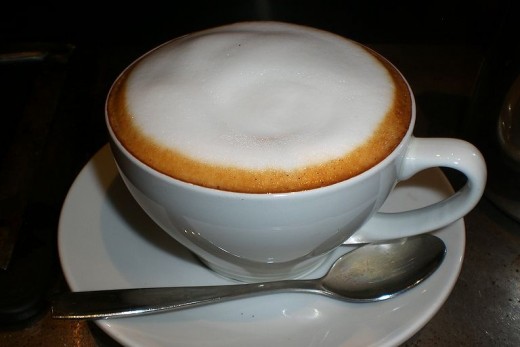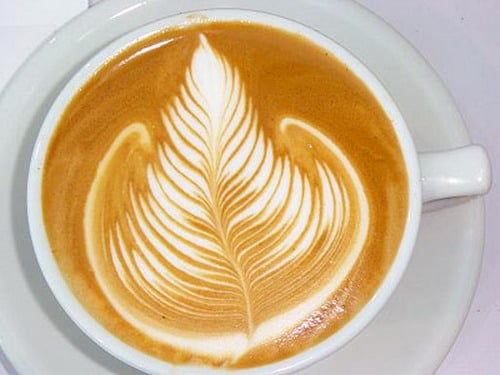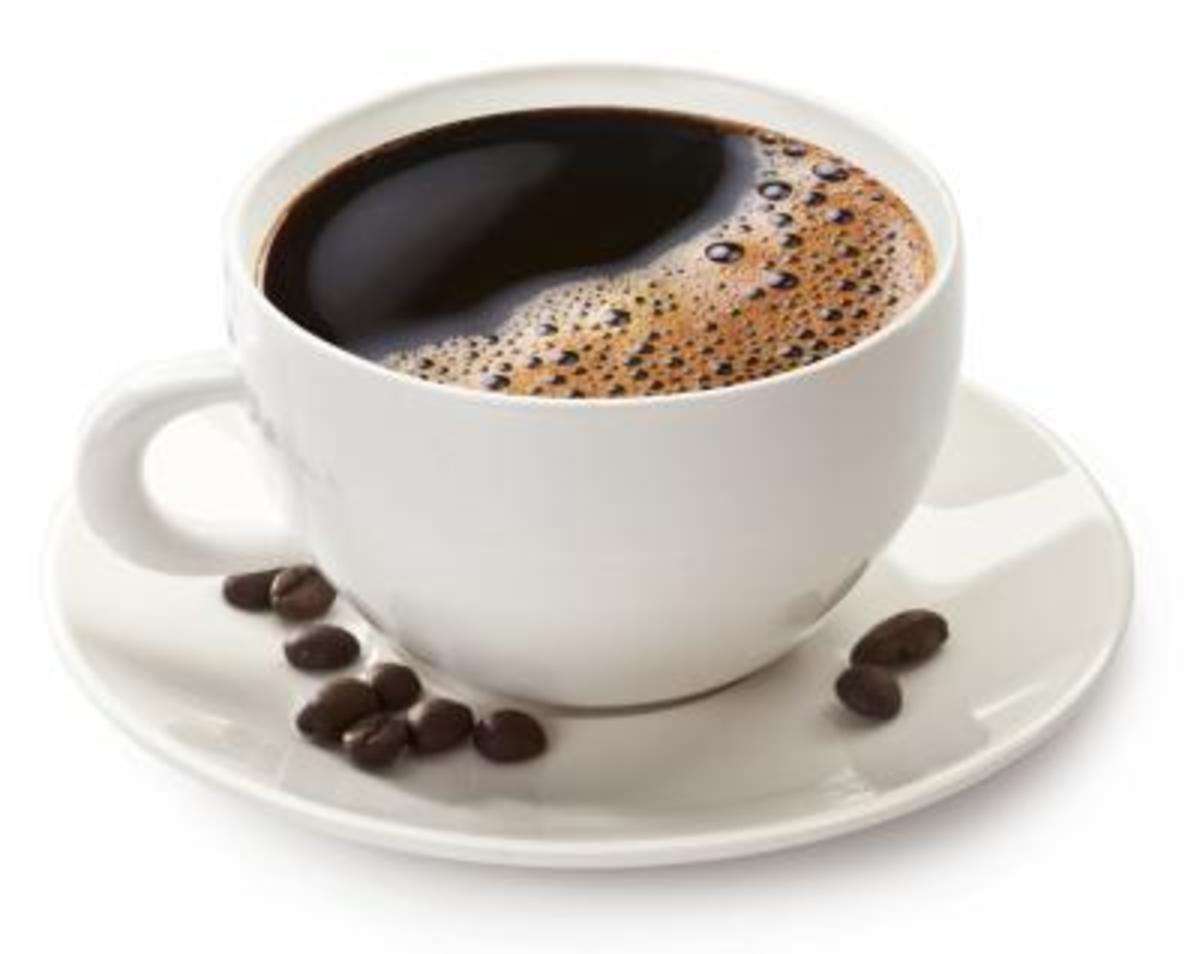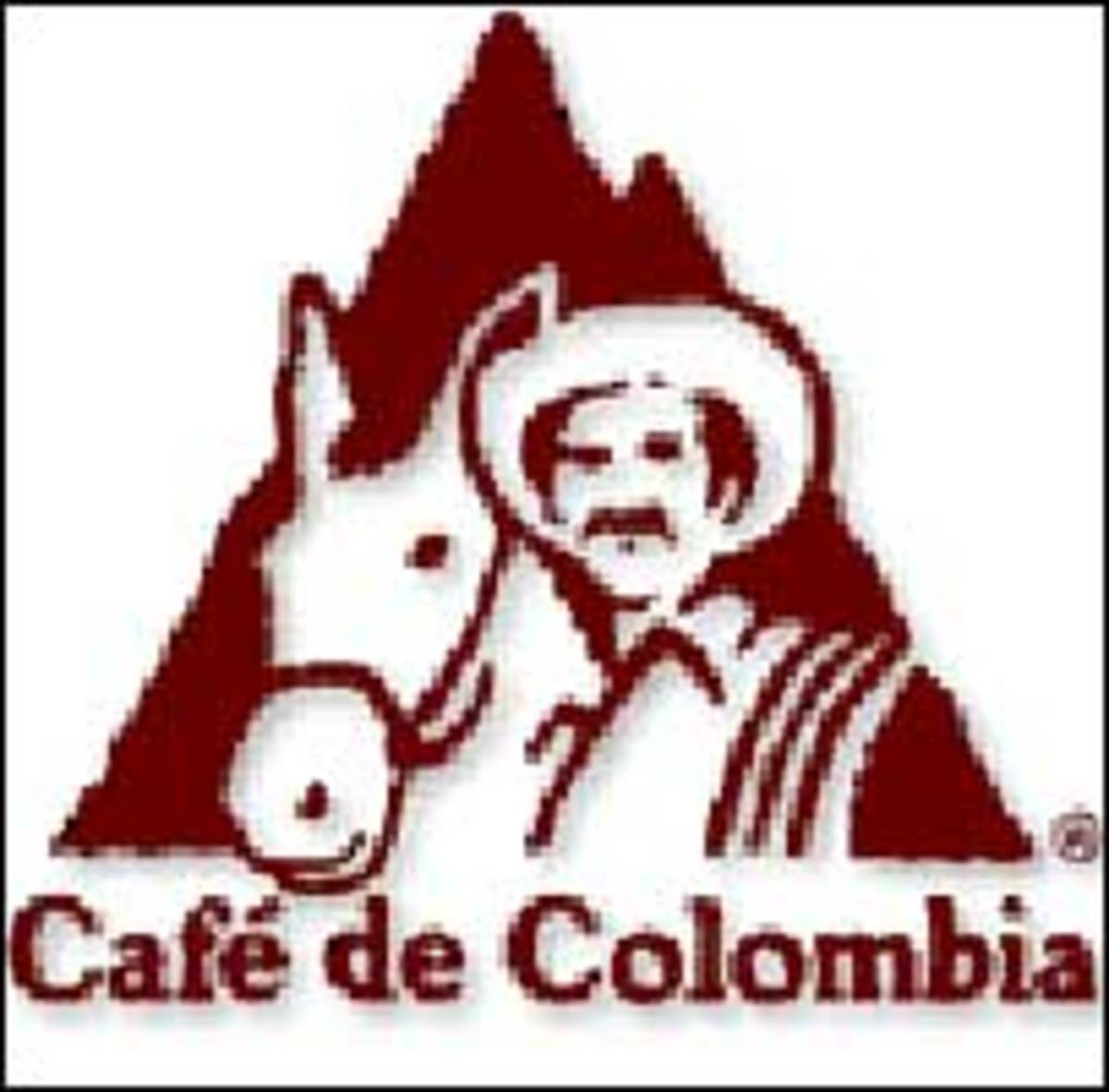- HubPages»
- Food and Cooking»
- Beverages»
- Coffee
How to Make a "Starbucks" Cappuccino at Home

Link to Other Beverage Making Hubpages:
- How to Make a "Starbucks" Latte Macchiato at Home
A Latte Macchiato is an Italian coffee drink prepared with espresso, hot milk, and... - How to Make a "Starbucks" Latte at Home
What is a latte? A latte from the Italian caffe latte, meaning "coffee and milk" is a coffee drink made with espresso and steamed milk....

What is a Cappuccino?
A cappuccino is an Italian coffee made with an espresso shot or two depeending on strength, hot milk with a thick layer of steamed milk foam.
The name cappuccino comes from the Capuchin friars, maybe referring to the colour of their white habits or to the aspect of their heads (white), which were surrounded by a highlight of brown hair.
A cappuccino is traditionally served in a porcelain cup or mug, which has better heat-retention characteristics than other materials for example glass or paper cups. The foam on top of the cappuccino acts as an insulator and allowing the heat of the beverage to be with held in the cup, keeping it hot for longer. The addition of powder or sprinkles are usually added for extra style and flavour (commonly cocoa, vanilla, cinnamon or nutmeg.)
A cappuccino is like a caffe latte in which they are coffee beverages that both add frothed milk to espresso, but two aspects are different. A cappuccino is prepared with a lot less steamed milk than a latte, the latte is claimed to have been invented as simply a cappuccino with more milk to suit American tastes whichusually prefer more milk to less froth. Also cappuccinos feature an obvious layer of foam on top, which you usually will not find in a latte unless you order a dry latte which mean to added froth to the milky latte but not as much as you would a cappuccino.

Official Starbucks Products:
How to Make a "Starbucks" Cappuccino
The most important element in preparing a cappuccino is the texture and temperature of the milk. First purge the steam wands of any fluid that may be inside, when a barista steams the milk for a cappuccino, microfoam is created by introducing very tiny bubbles of air into the milk, giving the milk a velvety texture. The traditional cappuccino consists of an espresso shot, on which the barista pours the hot foamed milk, resulting in a 1/4 to a 1/2 of a cup thick of milk foam on top. Attaining the correct ratio of foam requires close attention while steaming the milk, thus making the cappuccino one of the most difficult espresso-based beverages to make properly.
A skilled barista may obtain artistic shapes while pouring the milk on the top of the espresso coffee (As Seen above).
Link to Other Beverage Making Hubpages:
- How to Make a "Starbucks" Latte Macchiato at Home
A Latte Macchiato is an Italian coffee drink prepared with espresso, hot milk, and... - How to Make a "Starbucks" Latte at Home
What is a latte? A latte from the Italian caffe latte, meaning "coffee and milk" is a coffee drink made with espresso and steamed milk....




